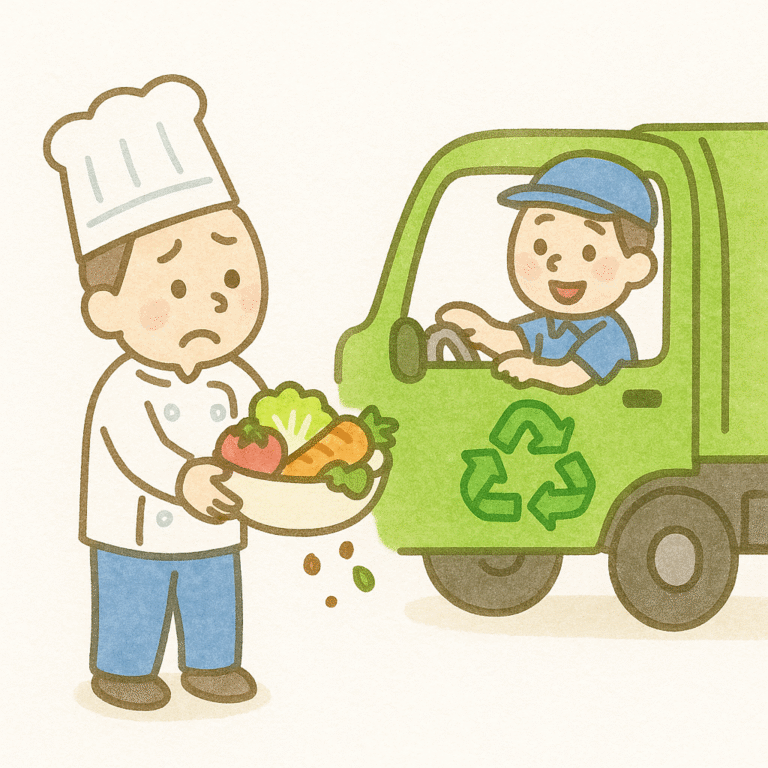
Reducing waste in your food operations
Reducing waste in your food operations
Many food businesses lose money every day due to wasteful practices and inefficient operations. Whether you’re running a restaurant, central kitchen, or cloud kitchen, simplifying your workflow and reducing waste can improve productivity, cut costs, and support food safety goals.
This post walks you through practical steps to make your kitchen more efficient and less wasteful.
Understand where waste is coming from
Before you reduce waste, you need to know where it’s happening.
Common sources of waste include:
- Overproduction or oversized portions
- Spoiled or expired ingredients
- Poor storage and labelling
- Trimming and preparation waste
Start by tracking:
- What gets thrown away and why
- Which processes cause the most delays or rework
- When and where spoilage happens
Standardise your kitchen processes
Before you reduce waste, you need to know where it’s happening.
Common sources of waste include:
- Overproduction or oversized portions
- Spoiled or expired ingredients
- Poor storage and labelling
- Trimming and preparation waste
Start by tracking:
- What gets thrown away and why
- Which processes cause the most delays or rework
- When and where spoilage happens
Improve storage and inventory management
Storage-related problems are a major cause of food waste and contamination.
Key practices to adopt:
- Use the FEFO (First Expired, Frist Out) or FIFO (First In, First Out) system
- Label and date everything clearly
- Organise storage areas by category and usage frequency
- Set minimum and maximum par levels to avoid overstocking
Also ensure your storage equipment is clean, well-maintained, and operating at safe temperatures.
Simplify your menu and prep schedule
A large or complex menu often leads to more prep work, more inventory, and more waste.
To reduce complexity:
- Review sales data to identify slow-moving or low-margin items
- Consolidate ingredients used across multiple dishes
- Batch prep and cross-utilise ingredients where possible
- Schedule prep based on real demand, not habit
Simpler menus and prep plans make it easier to forecast needs and manage portions.
Use data and visuals to drive improvement
Numbers tell a story. Use simple tracking tools and visual cues to support better decisions.
Try these ideas:
- Waste logs for daily tracking and team accountability
- Visual prep guides and station layouts
- Colour-coded chopping boards and tools to reduce contamination
- KPI for prep time, food cost, and waste targets
Getting everyone involved in improvement creates a stronger kitchen culture.
Final thoughts on waste reduction in food operation
Streamlining kitchen operations doesn’t require high tech or big budgets. It starts with clarity, consistency, and teamwork. Reducing waste is not just about cost savings, it helps build a safer and more resilient business.
Need help identifying process gaps or redesigning your kitchen workflow? Food Forward is here to help.
Get in touch with us today!
